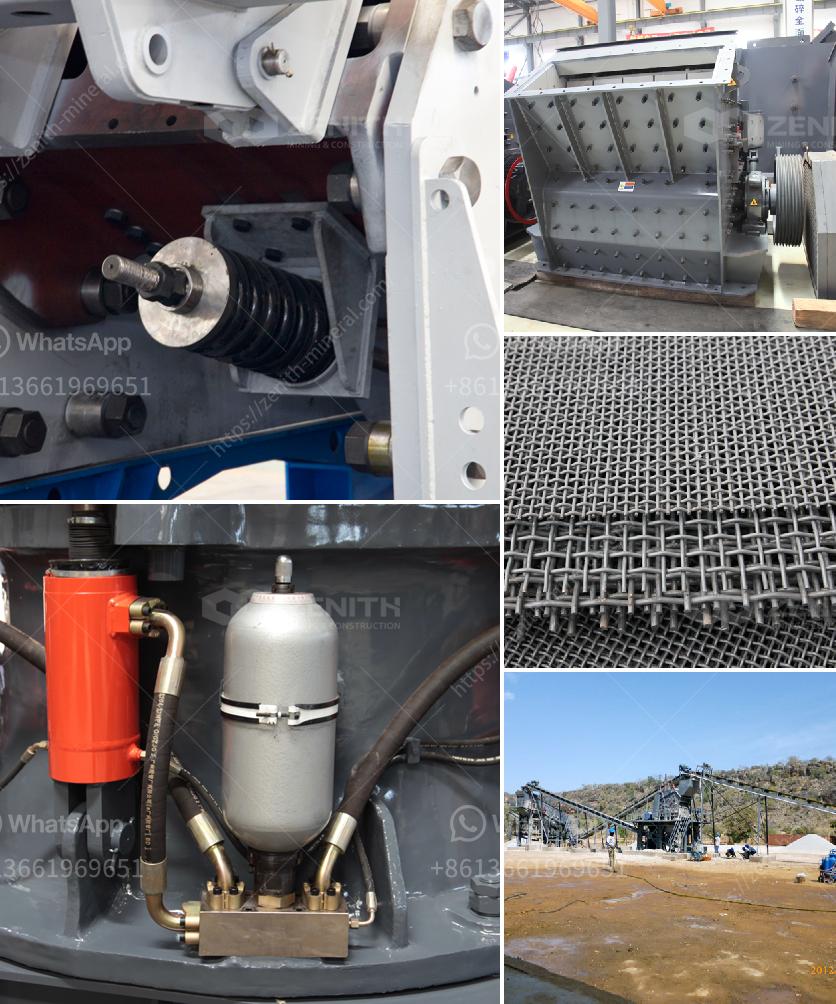Setting up a stone crusher unit involves several key steps. Here's a general guide to help you get started:
-
Conduct a Feasibility Study:
- Analyze the market demand for crushed stone in your region.
- Identify the potential customers and competitors.
- Evaluate the financial viability, including the cost of equipment, labor, utilities, and other expenses.
-
Choose a Suitable Location:
- Ensure the site is easily accessible for transporting raw materials and finished products.
- Check for proximity to raw material sources like quarries.
- Confirm the site complies with local zoning regulations and environmental laws.
-
Obtain Necessary Permits and Licenses:
- Apply for environmental clearance from the local authorities.
- Obtain land use and building permits.
- Secure necessary licenses for operating a stone crusher unit.
-
Procure Equipment and Machinery:
- Choose appropriate crushers (jaw crusher, impact crusher, cone crusher, etc.) based on the type of stones and the required product size.
- Purchase conveyors, screens, and other auxiliary equipment.
- Consider transportation vehicles for moving finished products.
-
Install and Set Up Equipment:
- Prepare the site by leveling the ground and constructing necessary buildings or shelters for machinery.
- Install the crushing equipment and other machinery according to manufacturer guidelines.
- Connect power, water supply, and other utilities.
-
Hire and Train Staff:
- Recruit skilled operators and laborers familiar with crushing operations.
- Provide training on safe operating practices and machinery maintenance.
-
Set Up Operational Procedures:
- Develop standard operating procedures (SOPs) for crusher operation, maintenance, and safety.
- Establish quality control measures to ensure consistent product quality.
-
Implement Safety Protocols:
- Equip staff with personal protection equipment (PPE).
- Install safety guards and emergency stop mechanisms on machinery.
- Conduct regular safety drills and inspections.
-
Launch Operations:
- Start with a trial run to ensure everything is functioning correctly.
- Monitor the production process closely and make necessary adjustments.
- Begin full-scale operations and gradually scale up production.
-
Market and Distribute Products:
- Develop a marketing strategy to reach potential customers.
- Set up a logistics plan for delivering products efficiently.
- Build relationships with contractors, builders, and other end-users.
These steps provide a foundational approach but be sure to tailor them to your specific context and regulatory environment.

